Home>Dining>Tableware>How To Place Sauces On A Dessert Plate?
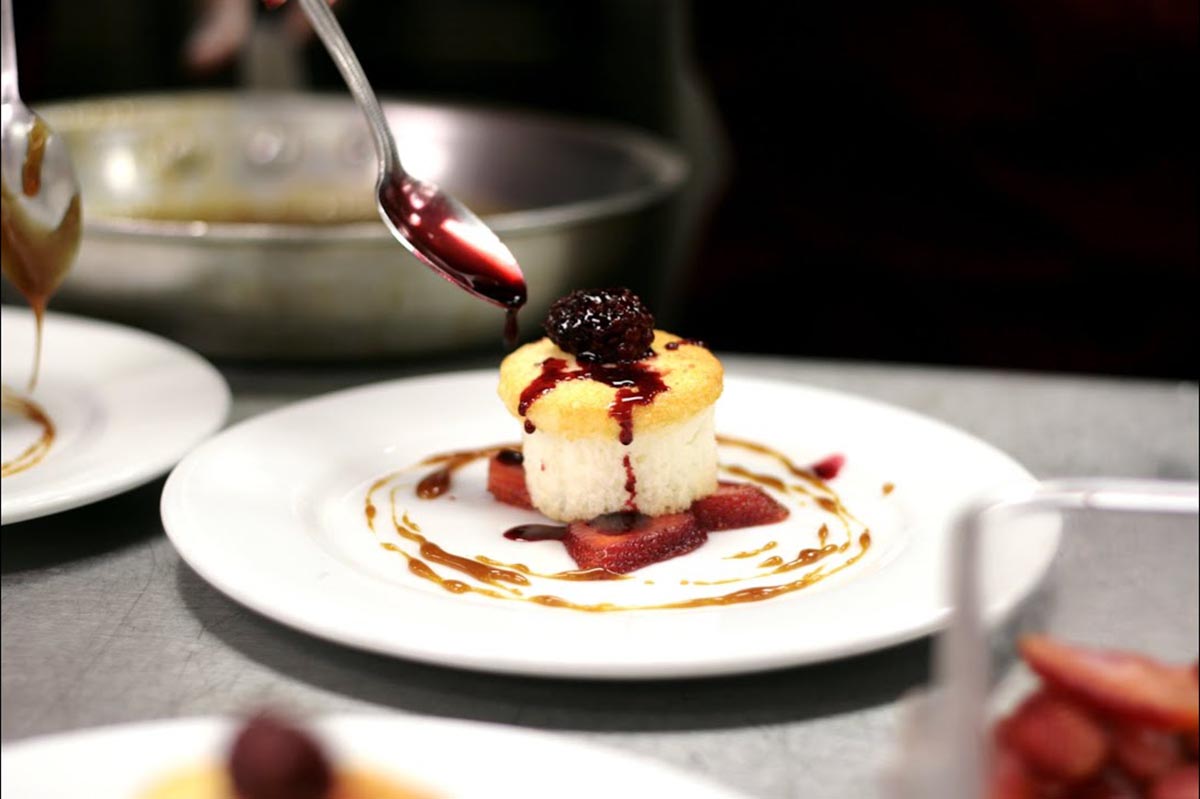

Tableware
How To Place Sauces On A Dessert Plate?
Modified: January 23, 2024
Learn the art of placing sauces on a dessert plate with tableware expertise. Enhance your culinary skills and impress your guests with our step-by-step guide.
(Many of the links in this article redirect to a specific reviewed product. Your purchase of these products through affiliate links helps to generate commission for Storables.com, at no extra cost. Learn more)
Introduction
Welcome to the world of tableware and the art of plating desserts! Plating is not just about creating a visually appealing arrangement of food on a plate; it is an art that requires meticulous attention to detail and a deep understanding of flavor combinations, textures, and aesthetics. One crucial element of dessert plating is the placement of sauces on the plate, which can enhance the overall presentation and elevate the taste experience.
In this article, we will explore how to expertly place sauces on a dessert plate to create stunning and delectable masterpieces. From choosing the right sauces to arranging them in delicate patterns, we will delve into the techniques and tips that will help you create visually captivating and mouthwatering desserts.
So let’s dive in and discover the secrets of beautifully plated desserts!
Key Takeaways:
- Elevate your dessert plating skills by choosing sauces that complement flavors, textures, and colors. Experiment with dots, swirls, borders, and multiple sauces to create visually stunning and enticing masterpieces.
- Embrace your creativity and attention to detail when plating desserts. Use garnishes, textures, and flavors to create visually stunning, delicious masterpieces that leave a lasting impression on any dining occasion.
Read more: How To Store Caramel Sauce
Choosing the Right Sauces
The first step in creating an outstanding dessert plate is selecting the right sauces. The sauces you choose should complement and enhance the flavors of the dessert without overpowering them. Here are a few factors to consider when choosing sauces:
- Flavor Pairings: Look for sauces that pair well with the main flavors of the dessert. For example, if you are plating a chocolate-based dessert, consider raspberry, caramel, or mint sauces to add a burst of contrasting flavors.
- Contrasting Textures: Consider the texture of the dessert and choose sauces that create a contrast. If the dessert is smooth and creamy, consider adding a crunchy or syrupy sauce to create a delightful textural contrast.
- Color Contrast: Visual appeal plays a significant role in plating desserts. Choose sauces that have contrasting colors to create a vibrant and visually appealing presentation. For example, a white chocolate sauce paired with a rich, dark chocolate dessert can create an elegant monochromatic look.
- Consistency: The consistency of the sauces also matters. Some desserts may benefit from a thick, gooey sauce that stays in place when plated, while others may require a thinner, more runny consistency that spreads beautifully on the plate.
- Temperature: Consider the temperature of the sauces and how they will interact with the dessert and other components on the plate. Cold sauces can add a refreshing element, while warm sauces can create a comforting and indulgent experience.
By carefully considering these factors, you can choose sauces that not only enhance the flavors but also create an aesthetically pleasing and harmonious dessert plate.
Preparing the Dessert Plate
Before placing the sauces on the dessert plate, it’s essential to prepare the plate itself for the perfect presentation. Here are some key steps to follow:
- Clean and Dry Plate: Start by ensuring that the plate is clean and dry. Any smudges, fingerprints, or watermarks can detract from the overall presentation. Wipe the plate with a clean cloth or paper towel to remove any debris or moisture.
- Choose the Right Size and Shape: Consider the size and shape of the dessert plate based on the dessert you are plating. Larger, shallow plates work well for intricate designs and multiple sauces, while smaller plates can create a more intimate and focused presentation.
- Consider Plate Color and Material: The color and material of the plate can have a significant impact on the overall aesthetics of the dessert. Choose a plate color that complements the dessert and sauces, and consider the material’s texture and finish for added visual appeal.
- Plating Area: Identify where you want to place the dessert on the plate. This will serve as your focal point, around which you will arrange the sauces. Consider the visual balance and negative space on the plate to create a harmonious composition.
- Temperature Considerations: If your dessert requires temperature-sensitive sauces, consider chilling the plate in advance for cold sauces or keeping it warm for warm sauces.
By following these preparatory steps, you will set the foundation for a visually stunning dessert plate and ensure that the sauces are showcased in the best possible way, making the dessert even more enticing to the eyes and palate.
Placing Sauces in Dots
One classic technique for placing sauces on a dessert plate is to create elegant dots. This method allows for precise control over the sauce placement and creates a visually appealing pattern. Here’s how to do it:
- Prepare the Sauces: Ensure that the sauces are at the desired consistency for dot placement. If the sauces are too thick, you may need to warm them slightly to facilitate smooth dot formation.
- Use a Squeeze Bottle or Piping Bag: Transfer the sauces to a squeeze bottle or piping bag with a small round tip. This will give you better control over the size and shape of the dots. If you don’t have a squeeze bottle or piping bag, you can also use a spoon to carefully create the dots.
- Create Evenly-Spaced Dots: Start by placing a dot in the center of the plate where you want the focal point of the dessert to be. Then, create additional dots around it, maintaining an even spacing between each dot. You can use a ruler or a template as a guide to ensure consistency.
- Vary the Sizes: To add visual interest, vary the size of the dots. Create some larger dots and intersperse them with smaller dots. This variation in dot sizes creates a dynamic and engaging look on the plate.
- Play with Placement: Experiment with different arrangements and patterns. You can create a straight line of dots, a circle, or a curved pattern. Consider the overall composition and how the dots interact with other elements on the plate.
Placing sauces in dots not only adds a decorative element to the dessert plate but also allows the diner to experience different flavors in each bite. It provides an organized and visually pleasing presentation that showcases the colors and textures of the sauces.
Next, we will explore another technique—creating swirls and drizzles—to further elevate the plating of your desserts.
Creating Swirls and Drizzles
To add a touch of artistry and movement to a dessert plate, creating swirls and drizzles with sauces is a fantastic technique. This method allows for more fluid and organic patterns, enhancing the visual appeal of the plated dessert. Here’s how to create swirls and drizzles:
- Prepare the Sauces: Ensure that the sauces are at the desired consistency for smooth swirling and drizzling. If the sauces are too thick, warm them slightly to achieve a flowing consistency.
- Use a Small Spoon or Fork: For swirls, dip a small spoon or fork into the sauce and gently move it in a circular motion on the plate. Start from the center and work your way outwards to create a beautiful, swirling pattern. Experiment with different shapes and sizes of swirls to add visual interest.
- Drizzling Technique: To create drizzles, use the edge of a spoon or a squeeze bottle with a larger opening. Hold the spoon or bottle slightly above the plate and carefully drizzle the sauce in graceful, thin lines. You can create parallel lines or crisscross them for a more intricate design.
- Vary the Thickness: For added visual appeal, vary the thickness of the swirls and drizzles. Create some thick, bold lines and intersperse them with delicate, thin lines. This variation adds depth and dimension to the dessert plate.
- Be Mindful of Negative Space: Leave some negative space on the plate for a clean and balanced presentation. This negative space allows the swirls and drizzles to stand out and prevents the plate from looking overcrowded.
Creating swirls and drizzles with sauces adds an artistic flair to the dessert plate. It brings movement and elegance to the presentation and allows for customization and creativity. Experiment with different sauce colors and flavors to achieve the desired visual and flavor impact.
Next, we will explore the technique of adding sauce borders to create defined boundaries on the dessert plate.
Use a squeeze bottle or small spoon to create a decorative drizzle or swirl of sauce on the dessert plate. Start from the center and work your way out for an elegant presentation.
Read more: How To Store Homemade Caramel Sauce
Adding Sauce Borders
Adding sauce borders is a technique that creates defined boundaries on the dessert plate, giving a polished and elegant look to the presentation. Borders help frame the dessert and draw attention to its central elements. Here’s how to add sauce borders:
- Choose a Contrasting Sauce: Select a sauce that contrasts well with the colors and flavors of the dessert. A sauce with a different color or a complementary flavor can create a visually striking border.
- Pour the Sauce: Pour a small amount of the sauce along the edges of the plate. Start with a gentle stream and gradually increase the thickness of the border as desired. You can use a squeeze bottle or a spoon to control the pour.
- Spread and Shape the Border: With the back of a spoon or a small offset spatula, spread and shape the poured sauce to create a smooth and uniform border. You can make it as thin or as thick as you prefer, depending on the desired visual effect.
- Experiment with Patterns: Get creative with the border pattern. You can create a straight line border, a wavy pattern, or even a zigzag design. Pay attention to the overall composition and make sure the pattern complements the dessert.
- Be Mindful of Consistency: Ensure that the sauce used for the border has a slightly thicker consistency compared to the sauces used for dots or drizzles. This will help the border maintain its shape and definition without spreading too much.
Adding sauce borders to a dessert plate adds a touch of sophistication and elegance. It helps define the boundaries of the dessert and provides a visually striking contrast to the other elements on the plate. Experiment with different sauces and patterns to create unique and eye-catching borders.
Next, we will explore the possibility of combining multiple sauces on a dessert plate to create a harmonious and flavorful composition.
Combining Multiple Sauces
Combining multiple sauces on a dessert plate allows for a harmonious blend of flavors, textures, and colors. It adds complexity and depth to the dessert, creating a truly memorable dining experience. Here’s how to successfully combine multiple sauces:
- Consider Flavor Profiles: Choose sauces that complement each other in terms of flavor profiles. Look for sauces that enhance the main flavors of the dessert or add a contrasting note to create balance. For example, a tangy citrus sauce can pair beautifully with a rich chocolate sauce.
- Create a Cohesive Color Scheme: When combining multiple sauces, consider the visual impact of the colors. Aim for a cohesive color scheme that complements the dessert and creates an appealing and visually balanced presentation. Play with contrasting or complementary colors to make the dessert plate visually stunning.
- Play with Textures: Combine sauces with different textures to add variety and interest to the dessert plate. For example, pair a silky smooth sauce with a crunchy caramel or a velvety ganache with a fruity compote. This combination of textures adds an extra dimension to the dessert experience.
- Arrange the Sauces Thoughtfully: When placing multiple sauces, think about how they will interact with each other and the other elements on the plate. You can create separate pools or dots of each sauce and use utensils or the back of a spoon to gently swirl or mix them together for a beautiful marbling effect.
- Exercise Restraint: While it can be tempting to add numerous sauces to the plate, exercise restraint to avoid overwhelming the dessert. Choose a few carefully selected sauces that complement each other and the dessert’s flavor profile, rather than overloading the plate with too many competing flavors.
By skillfully combining multiple sauces, you can create a tantalizing fusion of flavors and textures that elevate the dessert plate to a whole new level. Experiment with different combinations and arrangements to find the perfect balance that enhances the overall taste experience.
Next, let’s explore some garnishing techniques and final tips to add that final touch of finesse to your plated desserts.
Garnishing and Final Tips
Completing a beautifully plated dessert requires thoughtful garnishing and attention to detail. Garnishes not only add visual appeal but also provide additional flavors and textures to enhance the overall dessert experience. Here are some garnishing tips and final considerations to elevate your dessert plate:
- Fresh Fruits and Herbs: Garnish the dessert plate with fresh fruits or herbs that complement the flavors of the dessert. Mint leaves, edible flowers, or sliced berries can add a pop of color and freshness. Be sure to choose garnishes that are edible and safe for consumption.
- Texture Contrast: Consider adding garnishes that provide a textural contrast to the dessert. Crumbled cookies, toasted nuts, or brittle can add a crunchy element, balancing out the softness of the dessert and sauces.
- Edible Dust or Powder: Sprinkle a dusting of cocoa powder, powdered sugar, or edible glitter over the plated dessert for a touch of elegance and visual interest. These powders can be applied using a sieve or a fine-mesh strainer.
- Sauce Accent: Use a contrasting sauce or a drizzle as a final accent on top of the plated dessert. This can create a focal point and draw attention to the flavors of the dessert.
- Final Touches: Before serving, ensure that the plate is clean and free from any smudges or spills. Wipe the edges of the plate to maintain a polished appearance. Double-check the overall presentation to ensure all components are in harmony.
- Consider Portions: Keep in mind the portion size when plating the dessert. Aim for an appropriate portion that satisfies the guests without overwhelming them. Consider the balance of flavors and textures in each bite.
Remember, plating desserts is an art form that allows you to showcase your creativity and attention to detail. Have fun experimenting with different garnishes, textures, and flavors to create stunning and mouthwatering masterpieces.
Now that you have learned essential techniques and tips for placing sauces on a dessert plate, go ahead and unleash your culinary creativity! Enjoy the process of creating visually stunning, delicious desserts that will leave a lasting impression on any dining occasion.
Conclusion
Plating desserts is an art that requires a blend of creativity, precision, and an understanding of flavor combinations, including the use of the correct dessert plate size. The way sauces are placed on a dessert plate, considering its size, can make a significant difference in its visual appeal and taste experience. By following the techniques and tips outlined in this article, which emphasize the importance of the correct dessert plate size, you can elevate your dessert plating skills to create stunning and enticing masterpieces.
Choosing the right sauces that complement the flavors, textures, and colors of the dessert is crucial. Whether you opt for placing sauces in dots, creating swirls and drizzles, or adding sauce borders, each technique offers its own unique visual appeal. Combining multiple sauces allows for a harmonious fusion of flavors, while garnishes provide the finishing touch that elevates the dessert plate to a true work of art.
As you embark on your dessert plating journey, remember to embrace your creativity and experiment with different sauce placements, patterns, and garnishes. Consider the overall composition, balance of flavors, and visual harmony of the plate. Take pride in selecting high-quality sauces and ingredients that enhance the dessert’s taste and appearance.
By understanding the principles of sauce placement, you can set your table with desserts that not only tantalize the taste buds but also captivate the eyes. Each plate becomes an opportunity to showcase your culinary prowess and leave a lasting impression on your diners.
So go ahead, unleash your inner artist, and take pleasure in the process of creating beautiful, delectable desserts that will amaze and delight those who have the pleasure of experiencing them.
Frequently Asked Questions about How To Place Sauces On A Dessert Plate?
Was this page helpful?
At Storables.com, we guarantee accurate and reliable information. Our content, validated by Expert Board Contributors, is crafted following stringent Editorial Policies. We're committed to providing you with well-researched, expert-backed insights for all your informational needs.
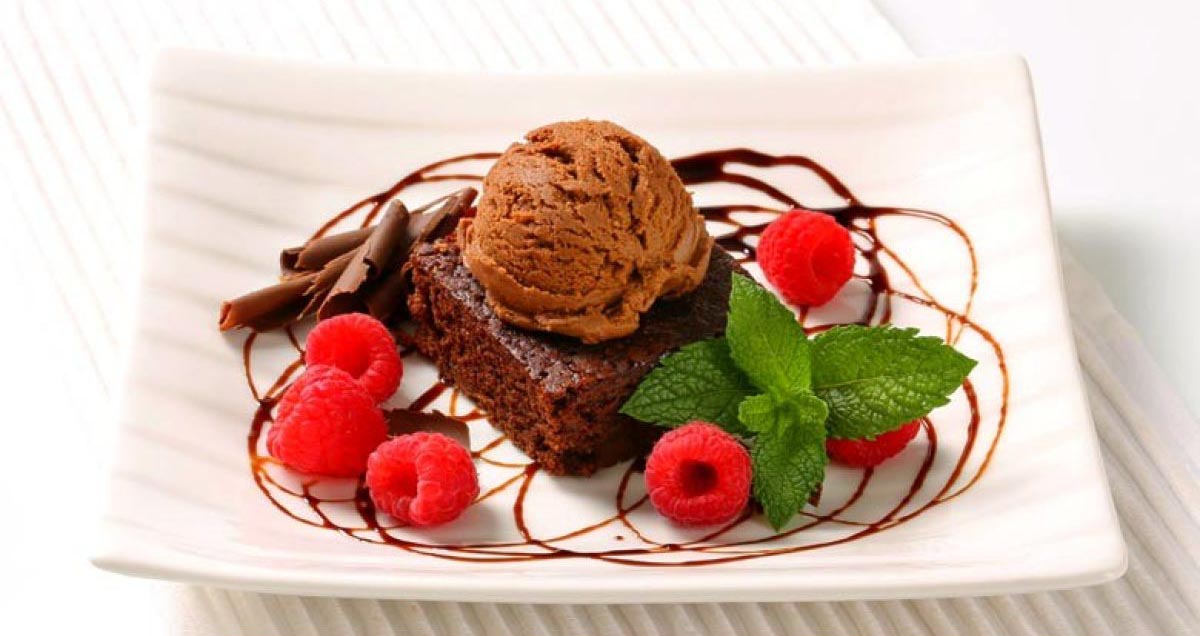
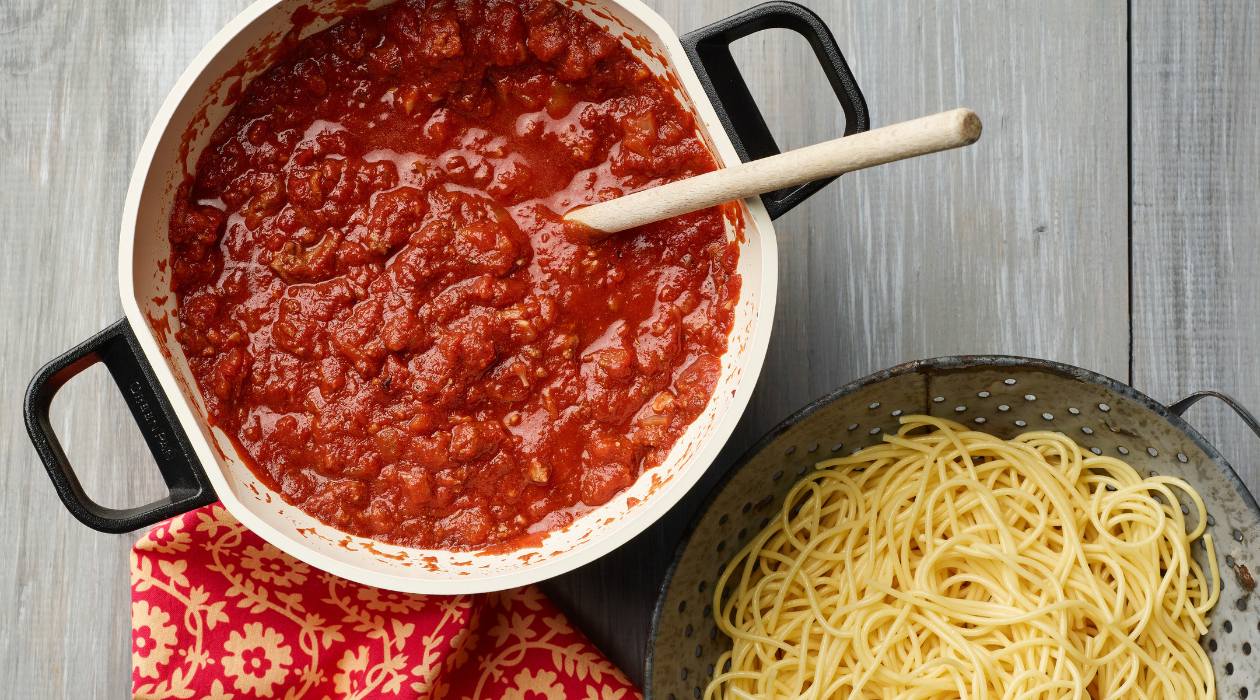
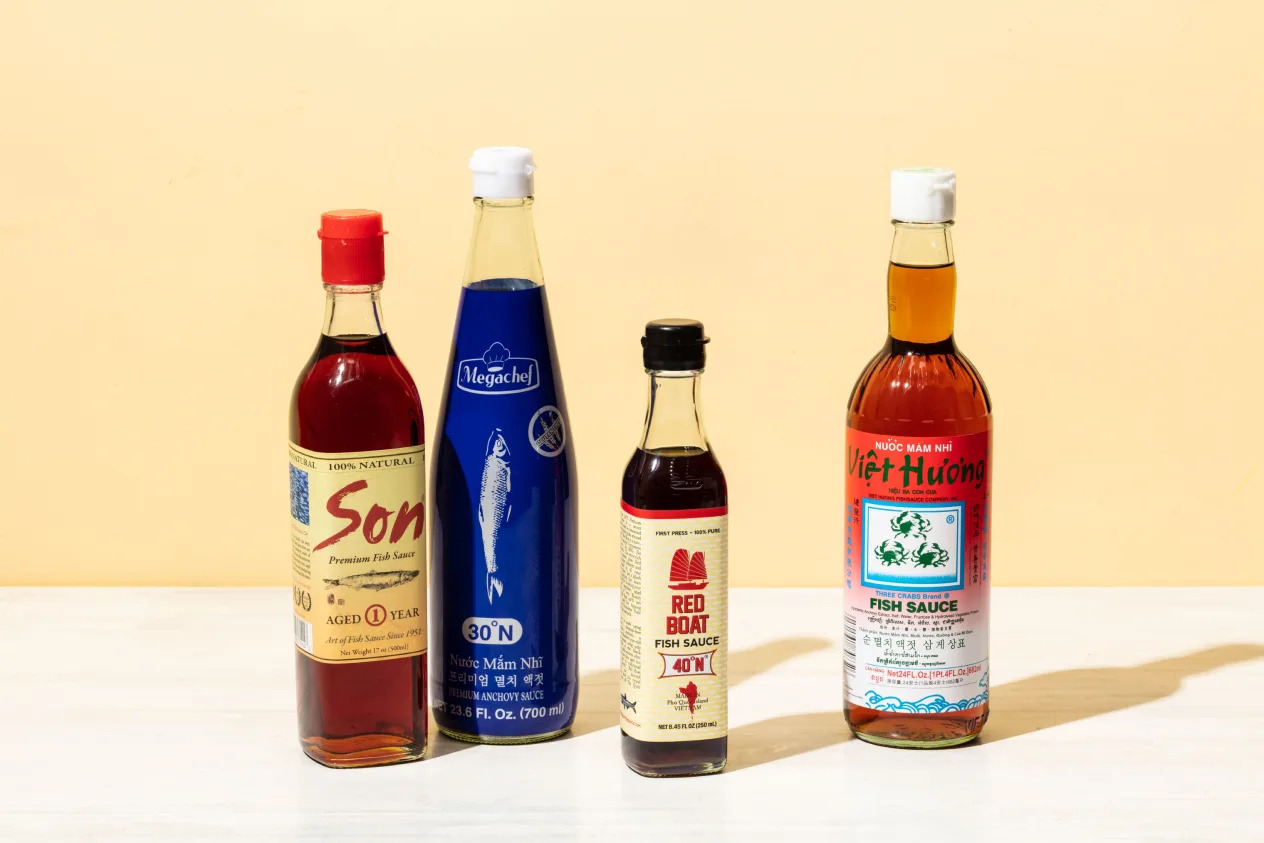
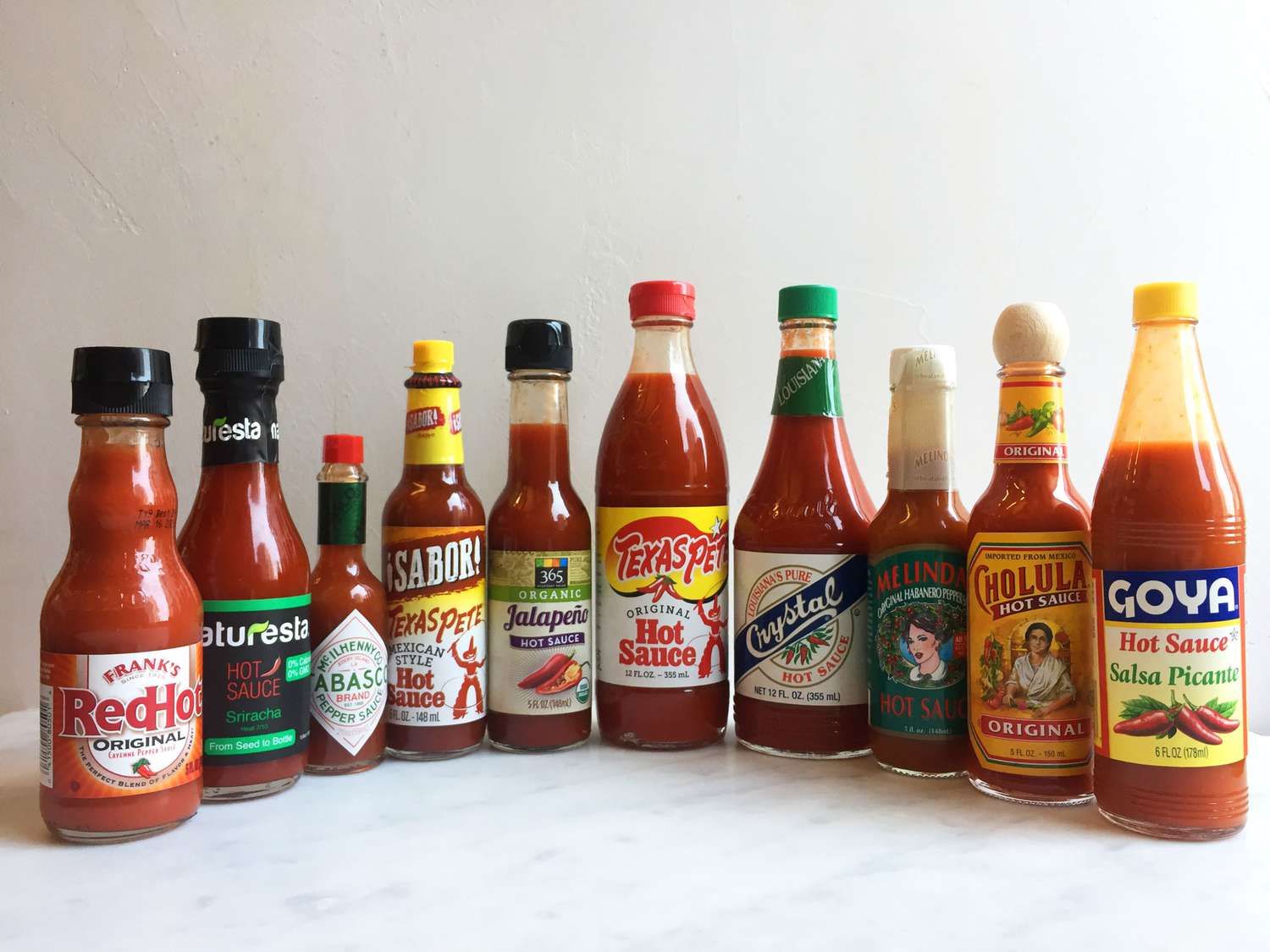
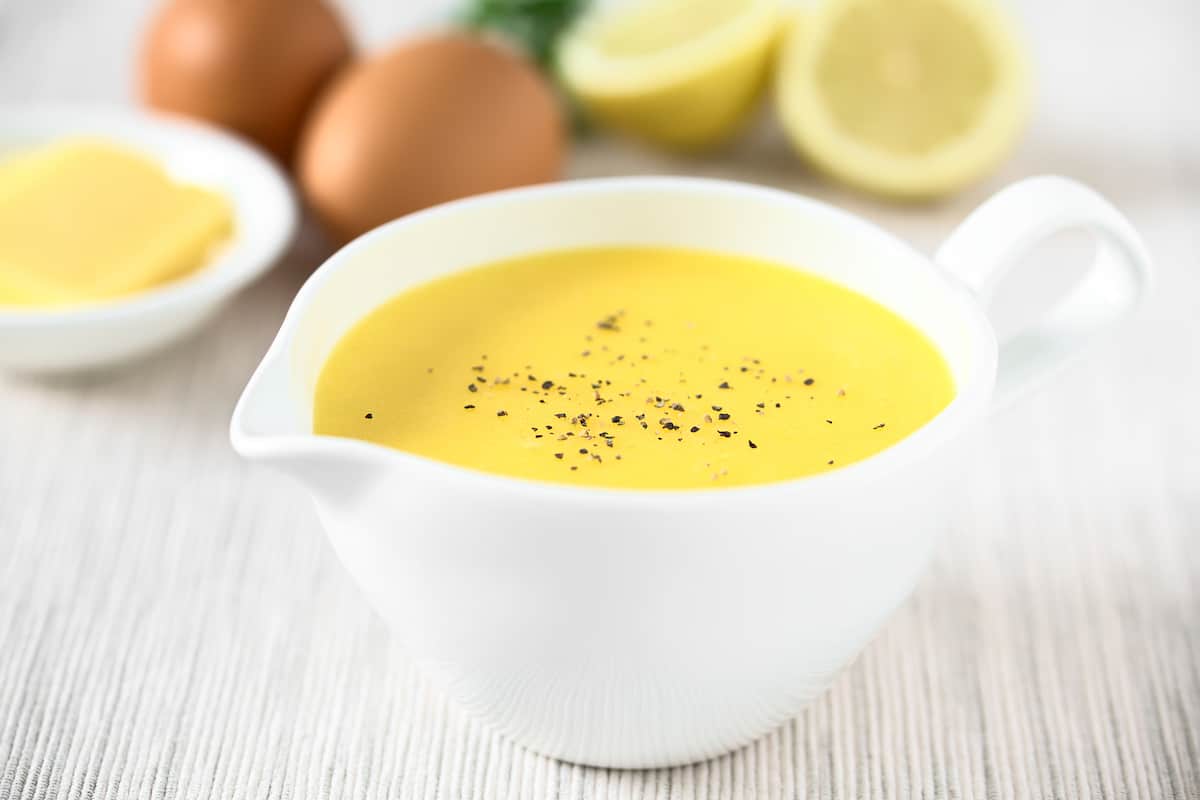
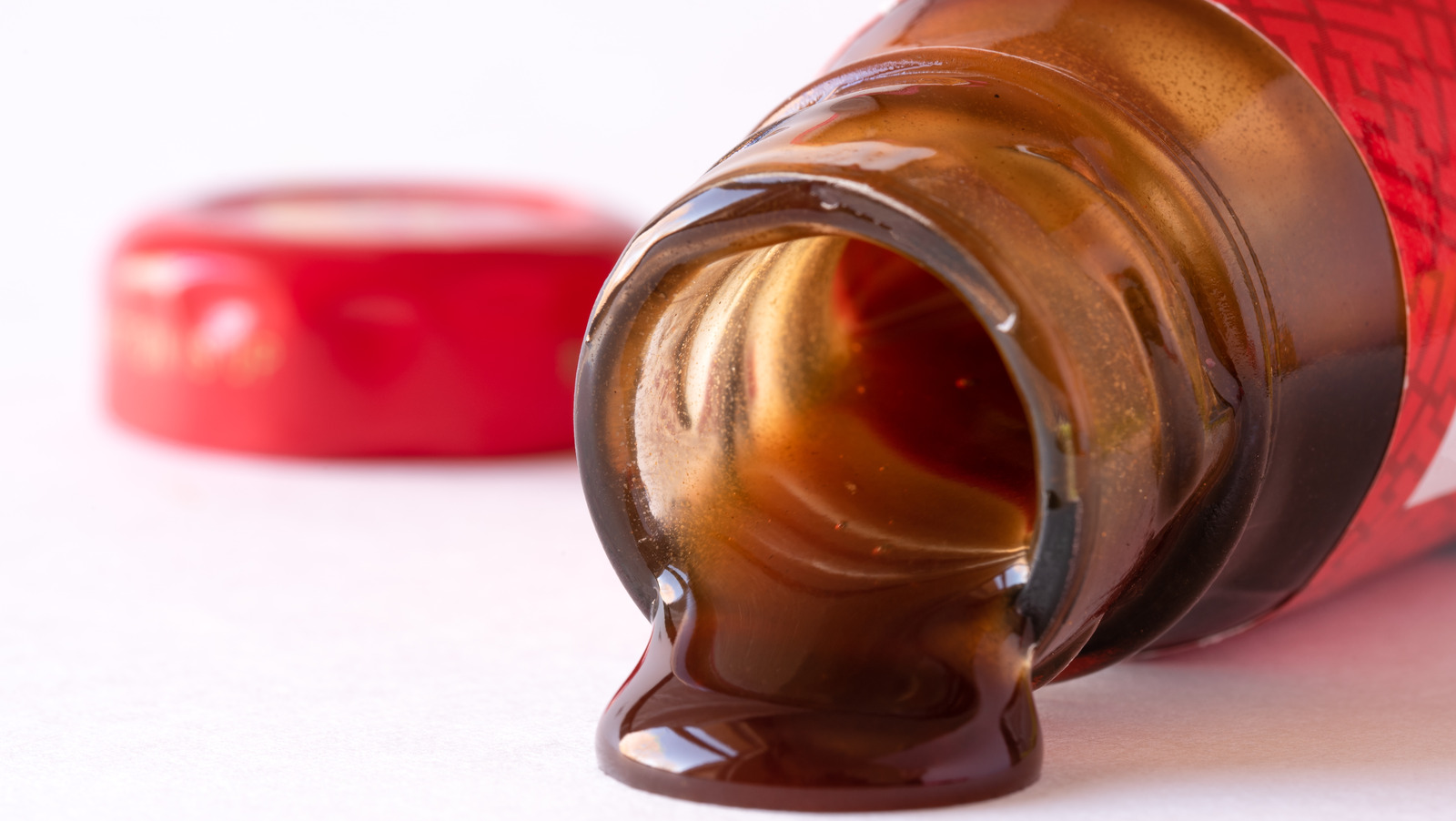
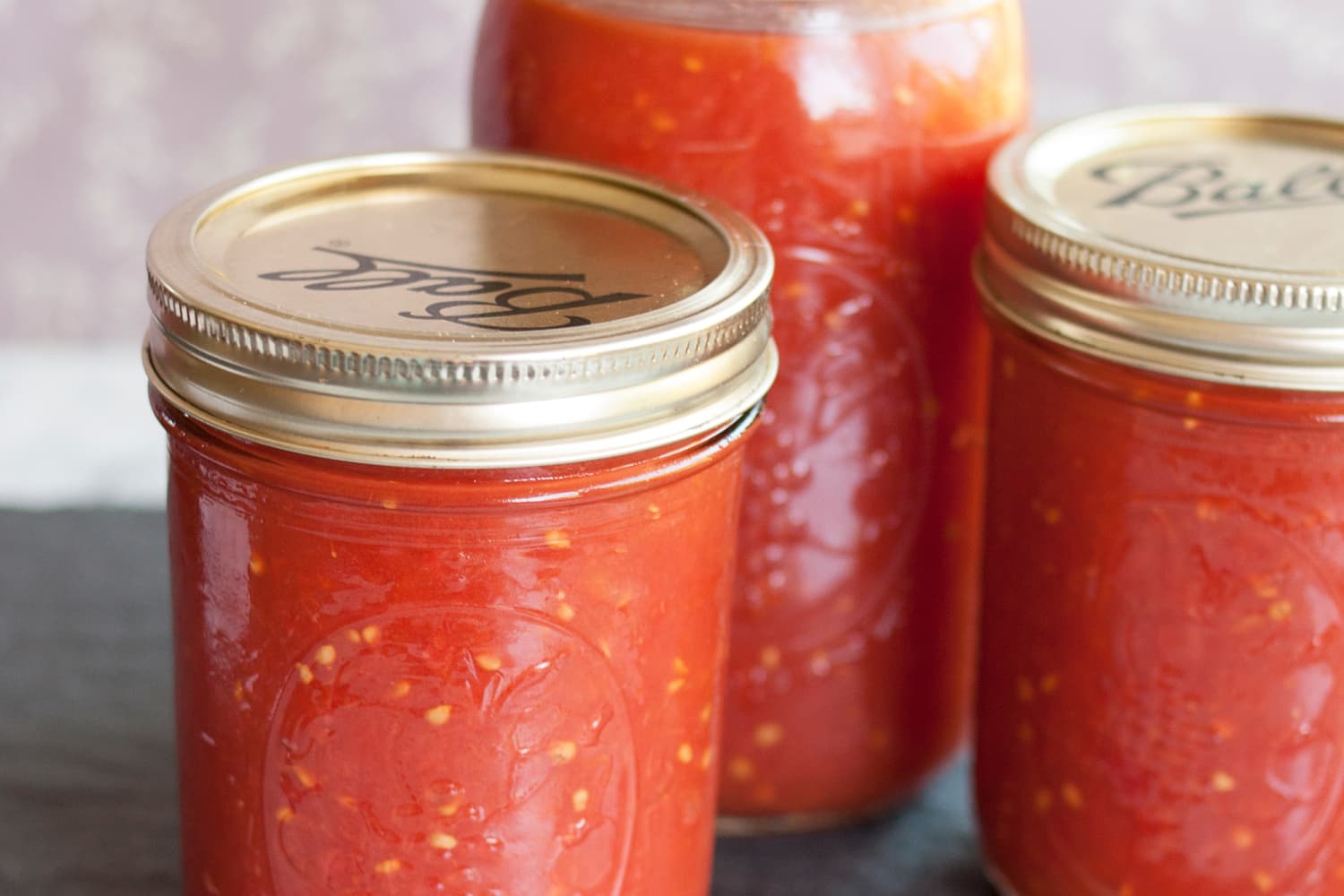
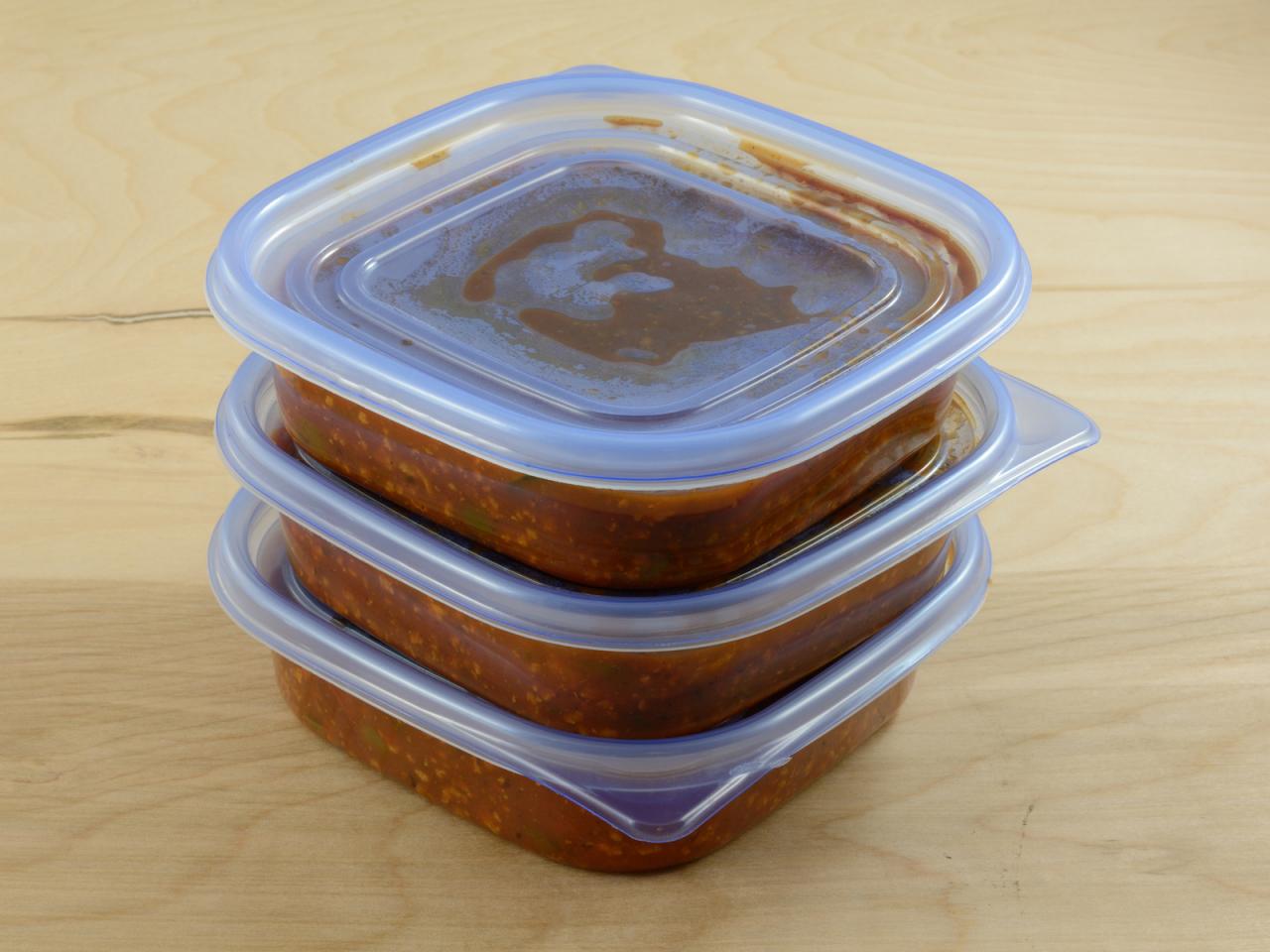
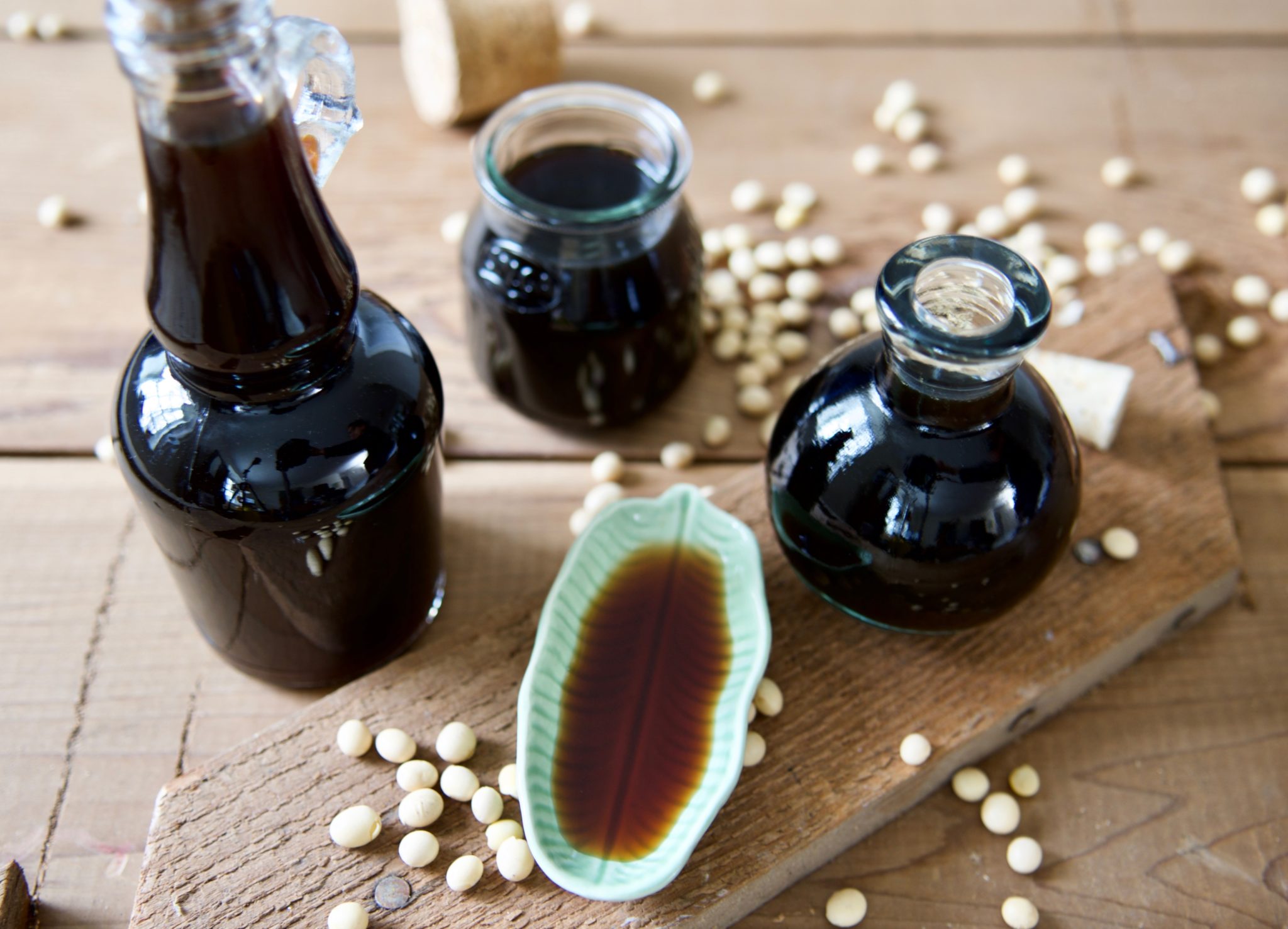
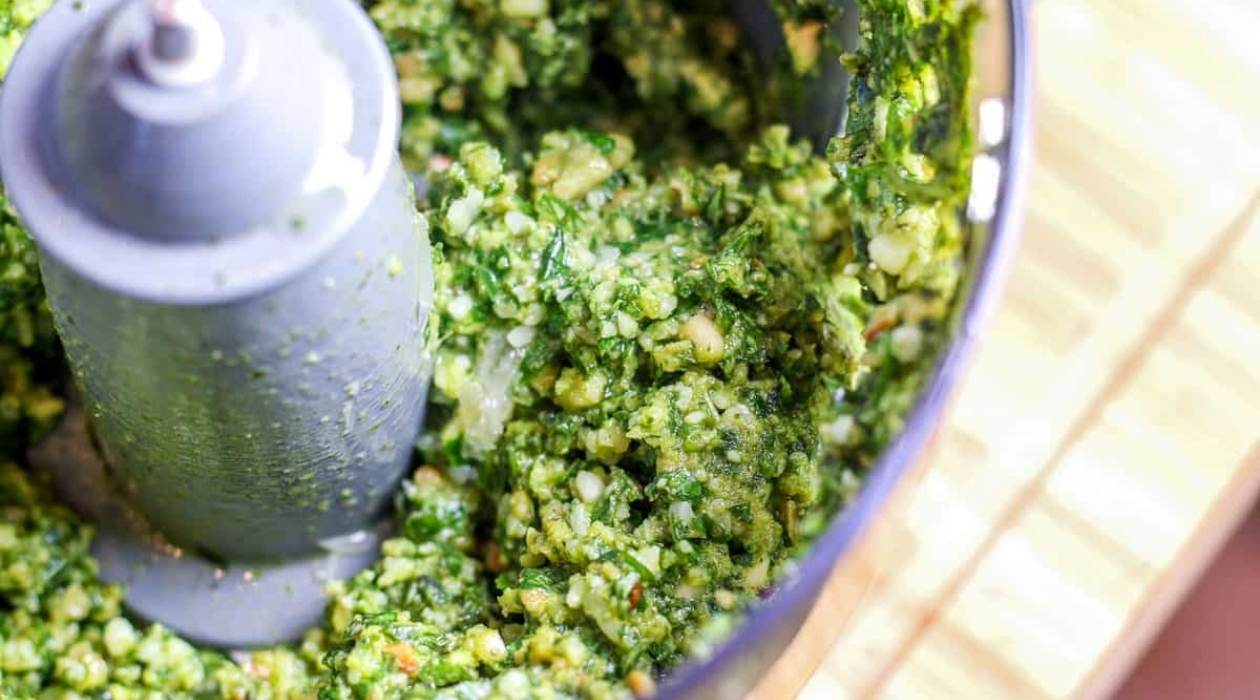
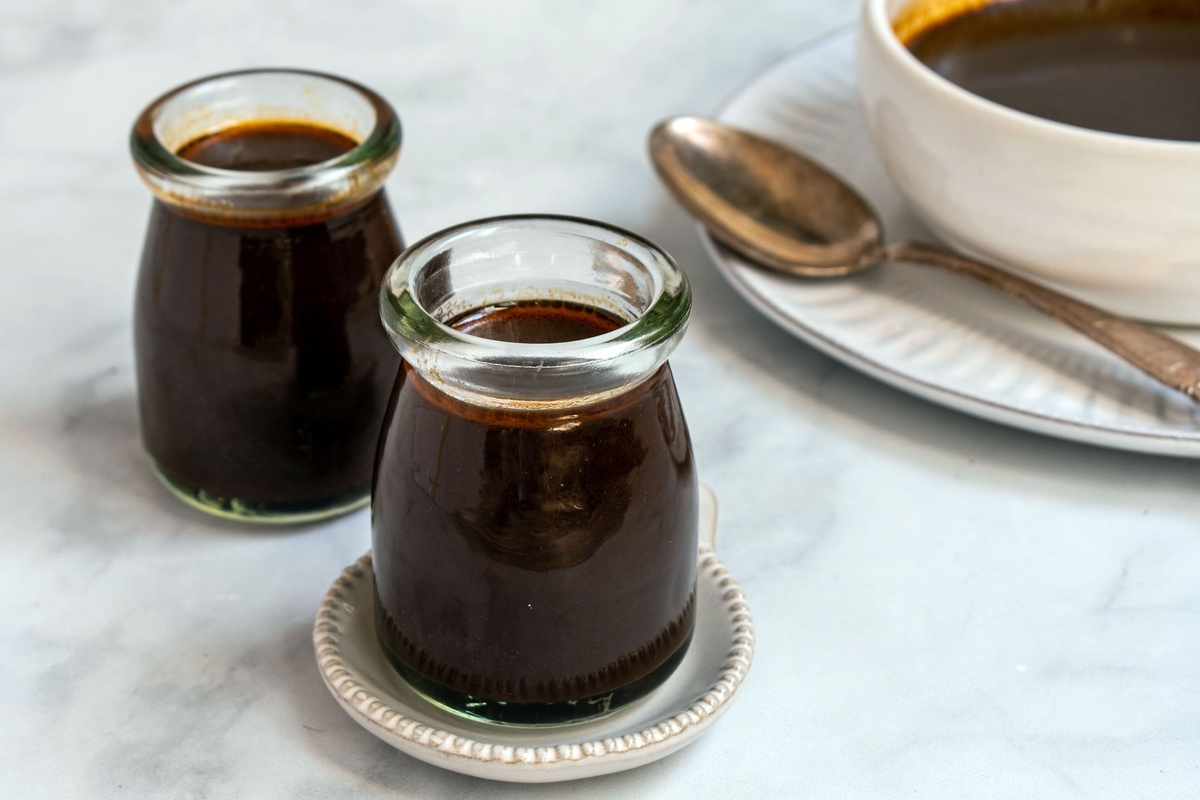
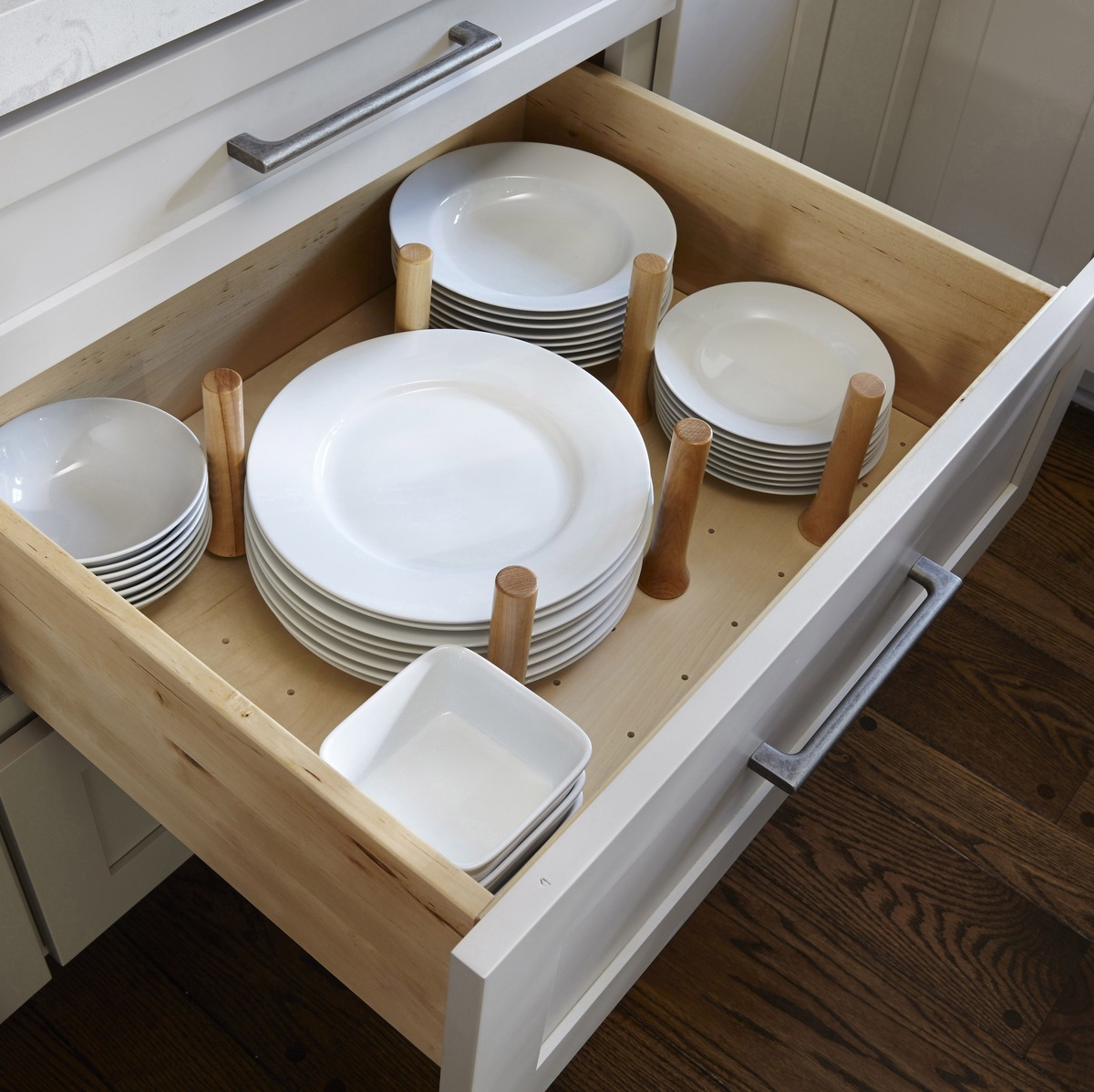
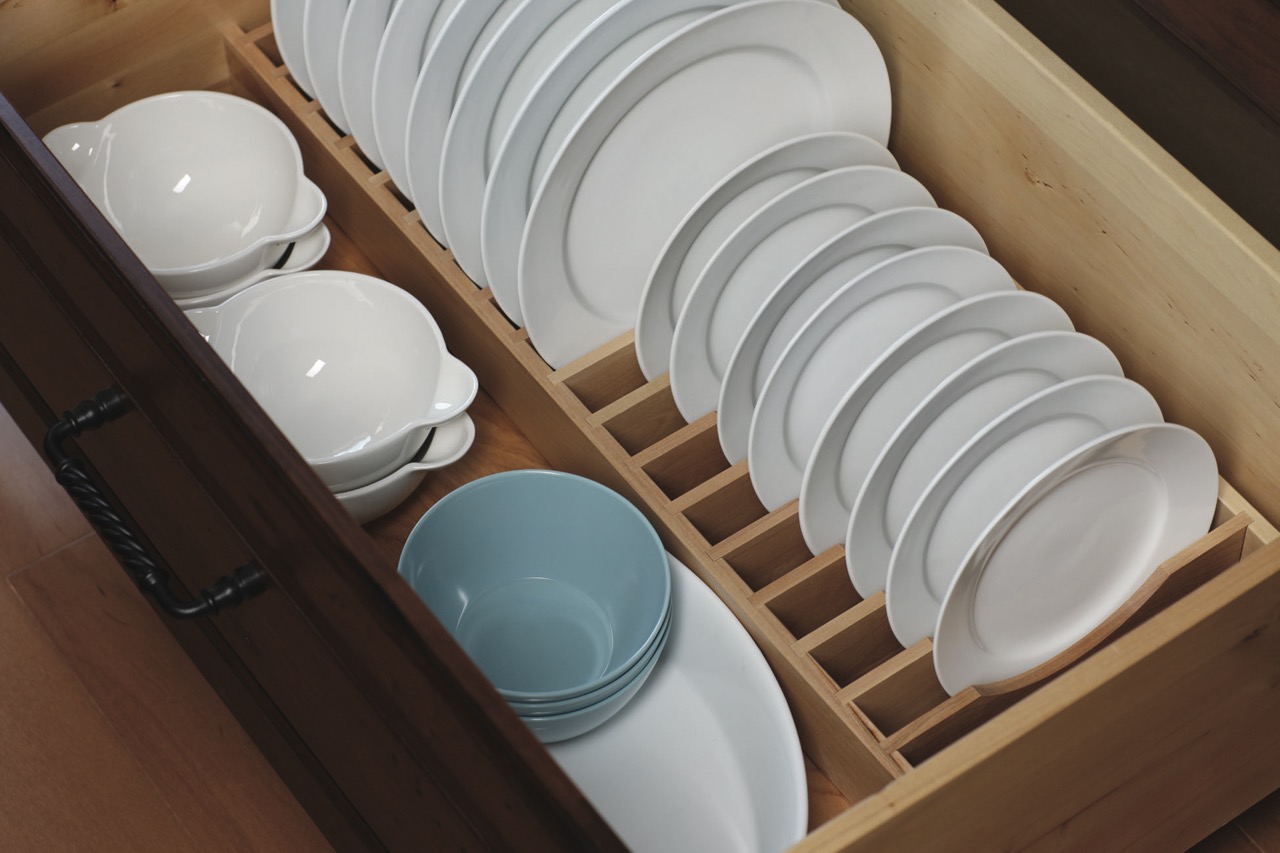
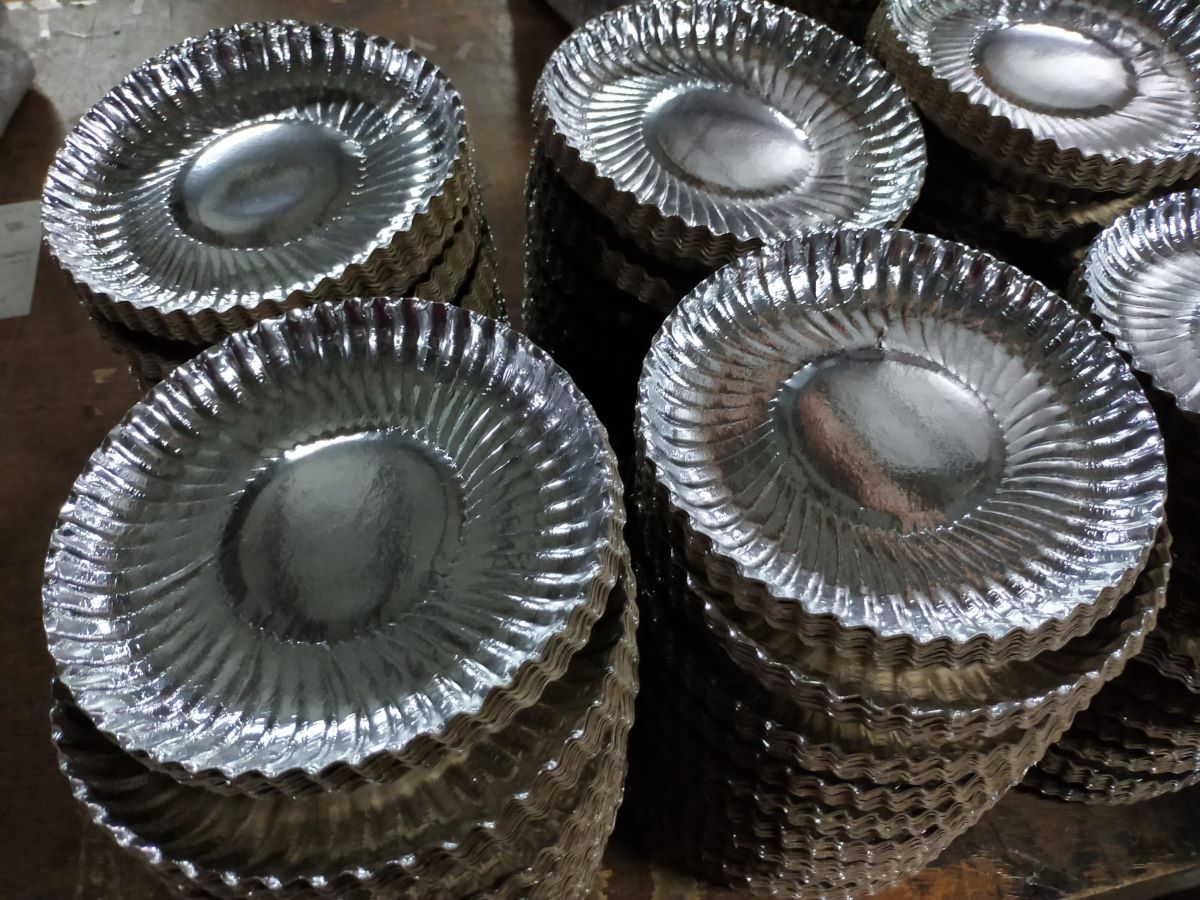

0 thoughts on “How To Place Sauces On A Dessert Plate?”